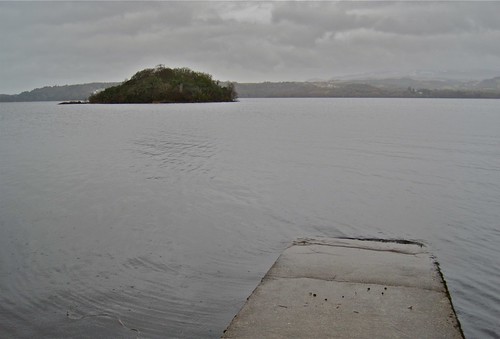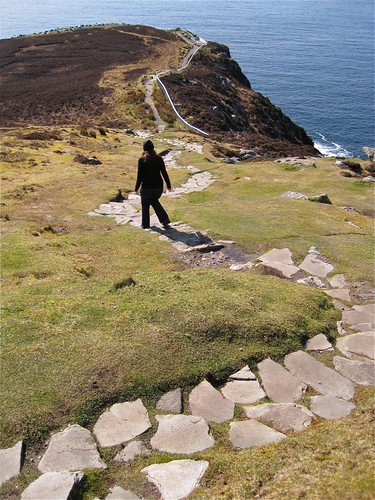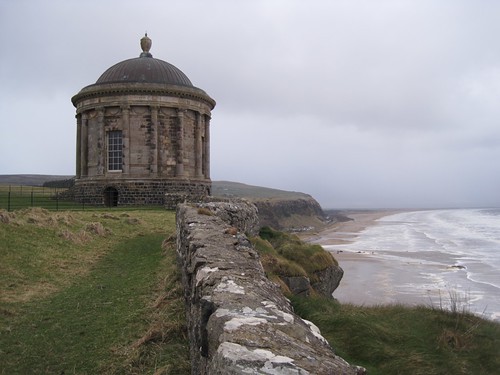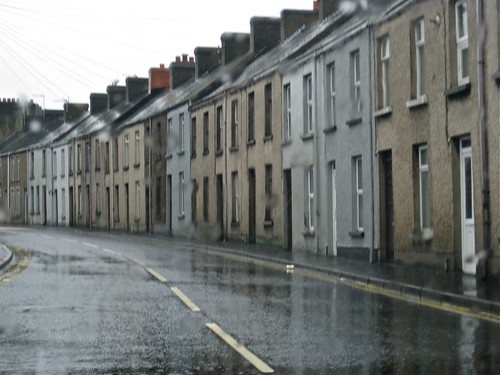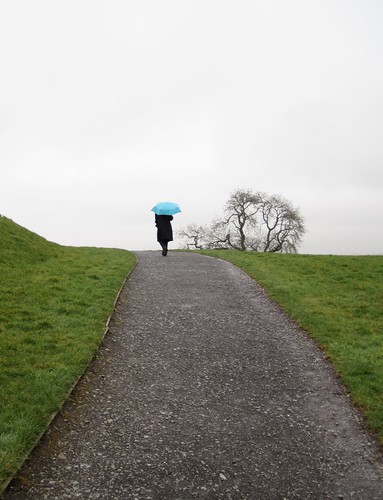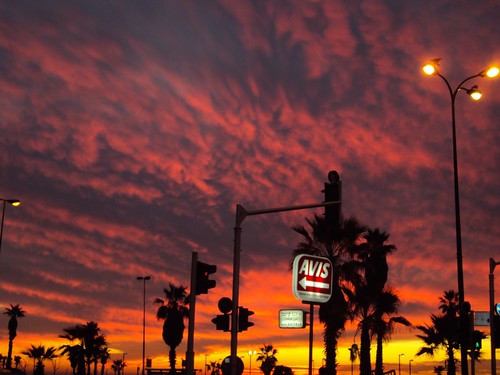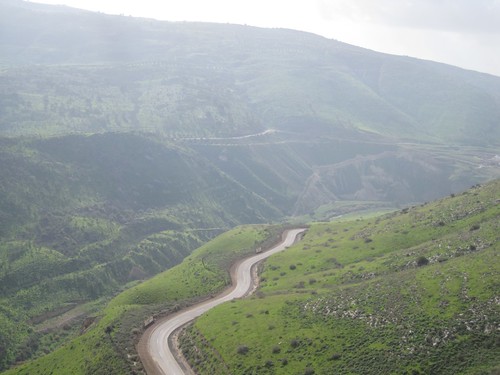Karen and I just spent a week driving the famous Ring Road in Iceland, circumnavigating the island via involuted fjords and precarious passes. I was a bit worried about the timing of our visit. Tourism is huge in the summer, but in the winter things are scaled back considerably. Iceland lies just below the Arctic circle, so in the winter the days are extremely short and the weather is snowy and unpredictable. I thought driving a tiny Toyota Yaris, which was the most affordable car to rent, might make the long, empty, mountainous, snowy roads a bit daunting. I thought we might be spending lots of time cold, bored, in the dark, and possibly hungry. And since Iceland is perhaps the most expensive country in Europe, I thought we would end up paying extravagant amounts for the privilege. Not the ingredients of an ideal vacation.
I'm here to report that we did not end up in any ditches (although at many moments I thought we might), we were never too cold (although we sometimes had to face a ferocious wind that nearly knocked us off our feet), and we were never bored (we spent too much time on the move). Furthermore, even though the sun was rising at 10:40 and setting only 6 hours later, we were surprised by how long dawn and dusk lasted. The sky started to glow a faint, otherworldly grey by around 8:30, and in the evening it continued like that until nearly 6, so our daylight hours were longer than we expected. The weather was not cooperative: we missed out on our plans to go hiking on a glacier because of an early-morning snowstorm that made the highway nearly impassable (at least for a little car like ours), and our much-anticipated visit to Myvatn, a famous lake in the North, was curtailed by strong winds that made it a struggle just to get out of the car. Pretty much everywhere we went, the restaurants, stores, museums, tourist information centres, hotels, and volcano tours were closed. Luckily, the outdoor geo-thermally-heated swimming pools were not. Outside Reykjavik and Akureyri (Iceland's considerably smaller second city), we basically had to live off what we could buy in convenience stores: instant soup, crackers, dried salted cod, and skyr, a delicious Icelandic yogurt. But wherever we stayed, we had the place to ourselves, and although we felt like tourists we definitely did not feel like part of a horde of tourists. Because of the snow and ice, our highway speed was sometimes only 35 kmph, and going up mountain passes sometimes necessitated driving in 1st gear, so you can imagine that driving around the entire country took quite a few hours on the road. But it turned out to be the best thing we could have done, I think, because we saw so much amazing landscape and were never stuck in a tiny village waiting for a tour or a bus.
Despite the difficulties, our week in Iceland was saved from being a vacation fiasco by three marvelous things: first, the mountains and glaciers and fjords we saw along our journey were magnificent, especially during the prolonged sunrises and sunsets when the sun peeked over the horizon and turned everything a sublime pink. Second, nearly every evening we were able to end the day with a soak in a hot tub under the stars, in the company of friendly English-speaking locals, so that we went to bed feeling clean, thoroughly warm, and mineralized. And finally, after much anticipation and doubt caused by cloudy skies, on our last evening in the north of the country we were able to see one of the main things we had come to see: the Aurora Borealis, shimmering just beyond the mountains, in all its colourful, kinetic splendour.
A constant refrain of our trip (along with "you're not going to believe how much this banana costs") was "it's not going to look like much in the photo." Much of what we saw - the full moon glowing on a vast frozen lava field, the eerie blue of the early dawn, the aquamarine bubble that preceded the eruption of a geysir, the steam rising off a sulphurous blue lagoon, the cascades of ice at a huge waterfall, and the northern lights themselves - just couldn't be photographed. The results would have been indistinguishable from a dark blur or a white blur. But below are a few illustrative shots.

Much of our trip looked like this in the early morning. This particular shot was taken the morning after my birthday, when we were trying to get to our glacier-climbing appointment. This was when the snowplow was still ahead of us - we followed it for a while, but then it turned around and our only guides were the two ruts created by an SUV going in the opposite direction, and the ubiquitous yellow sticks on the side of the road.

After the sun came up and the sky cleared a bit, the road looked more like this. But we still missed our glacier trip. The guide we had been supposed to meet said later on the phone that it would not have been a particularly interesting hike anyway, as it would have been basically a whiteout on the glacier.

All over the country, even in the worst weather, we saw these Icelandic horses huddled together in the snow.
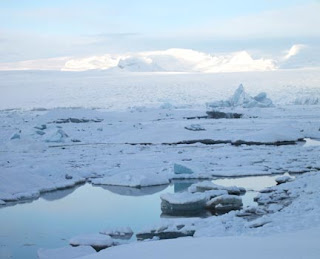
This lagoon on the southeast coast was filled with little icebergs calved from the Vatnajokull glacier.

On one of the fjords of the east coast.

On our second night on the road we stayed in the village of Hofn, which means simply harbour.

All up the east coast we saw herds of reindeer. They were bought to Iceland from Scandinavia in the 18th century, but now they roam wild.

This was the rescue hut on the summit of a pass that we had to laboriously climb and cautiously descend without the benefit of guardrails.

This was around 11 am on our fourth morning on the road, after a night spent at the highest farm in Iceland.

A greenhouse in the mid-afternoon, as the sky started to dim.

At long last (it felt) we returned to Reykjavik. We hadn't thought much of it the night we arrived, but after spending our last day there we decided it was rather charming.

Just before driving to the airport, we spent a couple of hours at the famous Blue Lagoon spa, where a geothermal plant produces this amazingly blue hot water laced with silica mud. The water is quite salty and it was very windy that day, so it was like swimming in a stormy ocean, if the ocean were heated to 39 degrees Celsius. Surreal.


